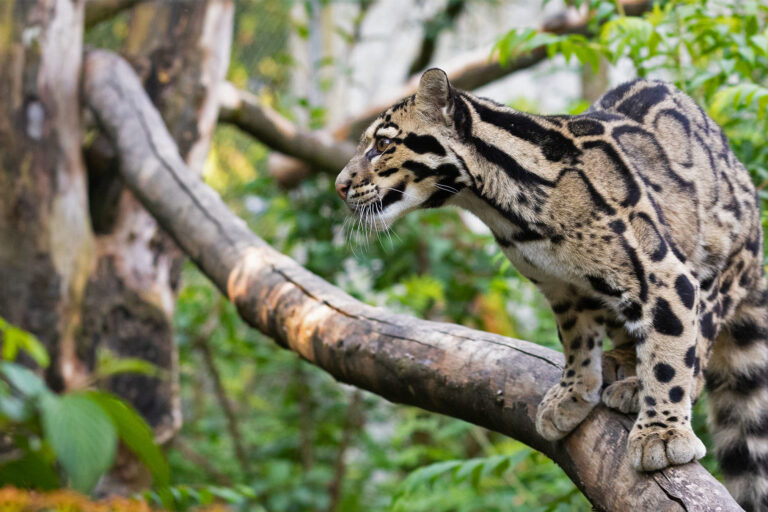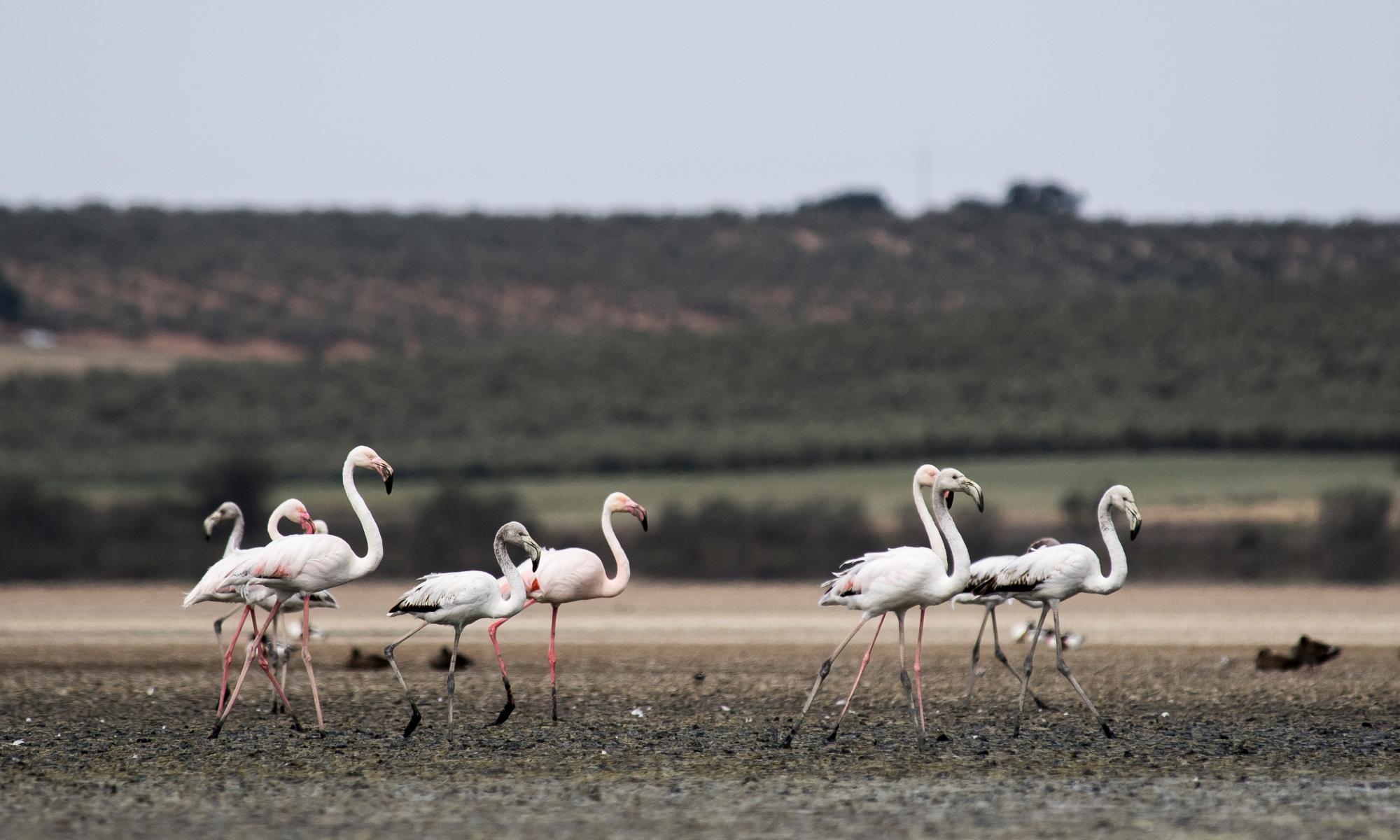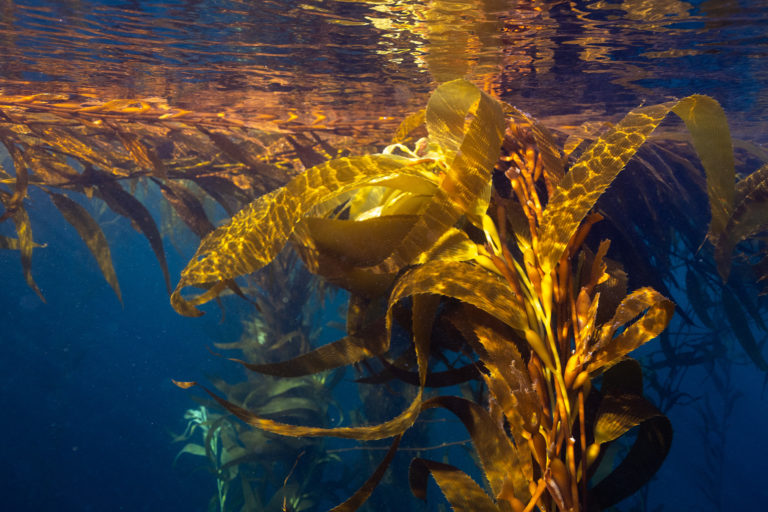Encouraging numbers of bees have been recorded at a handful of locally funded wildflower projects in the South Downs, showing that populations can recover if given support.
For several decades, bee populations in the UK have seen a steep decrease owing to the stress of the climate emergency.
Bees are vital in the cultivation of plants as they help them grow by transferring pollen between flowering plants. According to WWF, almost 90% of wild plants and 75% of crops depend on animal pollination.
Sussex residents raised £75,000 to help a young charity, Bee Lines, plant wildflower oases across the South Downs national park, helped out with grants from South Downs National Park Trust.
These oases have been planted across farms, community fields and road verges, creating wildflower corridors that are in effect a “road system” for bees, helping them to easily move across the landscape.
Nick Heasman, who leads Bee Lines for the national park, said: “Bees are vital ecosystem engineers and it’s so important we try to halt and reverse their decline.”

Last year eight projects received funding and have now flourished, with early reports showing that biodiversity has increased significantly in these areas.
They have also now planted wildflower corridors at Sussex Meadow, a farm near Petworth, and Lewes cemetery.
Chris Bibb, who works at Lewes council, said: “The wildflower seeding and plug planting was a great success and the variety of flowers has been popular with visitors to the cemetery and butterflies, moths, bees and bugs alike.”
A recent survey has found that there are now 55 species of wildflower at Lewes cemetery.
Peter King, director of Ouse and Adur Rivers Trust, said: “The funding from the South Downs National Park Trust has allowed us to create 2.5 hectares [6 acres] of wildflower meadows on Sompting Brooks.
“Since sowing the seeds, the field has seen exceptional growth and diversity of species.
“It’s too early to attribute any specific species or biodiversity increases specifically to this meadow habitat, however, we have recorded a 72% increase in pollinator species using the site since the arable fields were reverted to meadow.
“Overall species records from the site have increased from 179 to 624 since the project as a whole was completed.”


